Tattooing isn't just about creating art on the skin; it's also about understanding the tools that make it happen. One crucial tool in a tattoo artist's belt is stroke length – a setting on their machine that controls how deep and hard the needle hits your skin. Whether you're thinking of getting inked or are an aspiring tattoo artist, knowing about stroke lengths from short to long can make a big difference. In this article, we'll explore what stroke length means, why it's so important, and how it affects the final look of your tattoo.
What is Stroke Length?
Stroke length in tattoo machines is the distance that the needle moves up and down during operation, which artists adjust depending on the specifics of their work. For coil machines, it's the travel distance of the armature bar connected to the needles that influences how deep the needles penetrate the skin. In rotary machines, it's defined by the rotation size of the cam wheel, which dictates the movement of the needle. Adjusting the stroke length is crucial for tattoo artists, as a shorter stroke is necessary for fine lines and detailed work, while a longer stroke is better for shading and filling in color, ensuring tattoos are applied with precision and care.

Stroke Length: From Short to Long
1. Short Stroke (up to 2.5mm)
A stroke of 2.5mm or less is categorized as a short stroke. Think of these like fine-tipped markers that are essential for adding intricate details to a piece. Artists use short strokes for work that requires a high level of detail and for subtle shading techniques where precision is key.
Advantages of short strokes:
- Sharp Detail:Perfect for creating well-defined, intricate designs with clear, clean lines.
- Subtle Shading:Allows for smooth shading without overpowering the finer details of the design.
- Reduced Skin Impact: Shorter strokes are less invasive, often resulting in quicker healing times and reduced pain during the tattooing process.
However, short strokes demand control and experience; there's a risk of ink spreading – known as 'blowouts' – if not executed with finesse.

2. Medium Stroke (2.7mm-3.5mm)
Medium stroke lengths, ranging from 2.7mm to 3.5mm, are recommended for artists who are still mastering their craft. These strokes offer a middle ground that allows for a decent amount of detail but with more flexibility than short strokes.
Why medium strokes are great for beginners:
- Versatility:They provide a good balance for both line work and shading, suitable for various tattoo styles.
- Controlled Depth:Medium strokes penetrate the skin enough to create solid lines but are forgiving enough to minimize damage.
- Ease of Learning:The adaptability of medium strokes makes it easier for beginner artists to learn different techniques without switching machines or settings frequently.
These strokes allow new artists to work on different parts of a tattoo with consistent results, making them a solid choice for those building their skills.

3. Long Stroke (3.5mm to 4mm or more)
Long strokes, defined as being higher than 4mm, are typically utilized by more seasoned artists. These strokes are powerful and designed for creating bold lines and packing in color with confidence and speed.
Benefits of long strokes include:
- Striking Outlines:Ideal for crafting prominent outlines that are meant to last.
- Efficient Color Fill: They're effective for filling in larger areas with even color, achieving a high level of saturation.
- Speed:Long strokes can cover larger areas swiftly, potentially reducing the total session time for extensive tattoos.
Yet, it's worth noting that long strokes can be more painful and may result in longer recovery periods due to the increased penetration into the skin.
Different stroke lengths have distinct impacts on the tattoo process and outcomes. Short strokes up to 2.5mm deliver precision and detail, medium strokes from 2.7mm to 3.5mm provide a balanced versatility ideal for budding artists, and long strokes above 4mm offer the intensity needed for impactful, large-scale work by experienced professionals. It's the artist's knowledge and skillful adjustment of stroke lengths that ensure clients receive top-notch tattoos tailored to their desires. When selecting an artist, consider their proficiency with stroke lengths as an indication of their capability to turn your vision into a beautiful, enduring piece of body art.
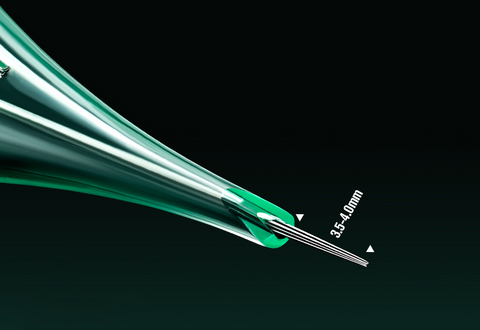
How Does Stroke Length Affect Your Tattoo Experience?
When choosing a tattoo machine, understanding the role of stroke length is fundamental. Stroke length affects three major aspects of the tattooing process: maximum needle depth, impact on the skin, and needle movement speed. Let's break down these key features:
Maximum Needle Depth
The stroke length primarily defines how deep the needle can penetrate into the skin. A longer stroke allows the needle to reach deeper layers, which is necessary for bold line work and vibrant color packing. In contrast, a short stroke restricts the needle to more superficial skin layers, which is better for fine details and subtle shading. The depth of the needle directly influences not only the visual outcome of the tattoo but also the healing process and overall trauma to the skin.

Impact on the Skin
How hard the tattoo machine hits the skin, often referred to as "hit" or "give," is determined by the stroke length as well. Machines set with a longer stroke length will hit the skin harder, because the tattoo needle has a greater distance to travel and builds up more kinetic energy. This is ideal for techniques that require a significant amount of ink to be deposited quickly, like filling in large color blocks. However, a softer hit, achieved by a shorter stroke length, is gentler on the skin, making it suitable for delicate skin areas and clients who are sensitive to pain.
Needle Movement Speed
The speed at which the tattoo needle moves – how fast it oscillates in and out of the skin – can also be influenced by stroke length. A longer stroke may result in a slower needle movement because the needle has to travel a greater distance with each oscillation. Conversely, a shorter stroke can allow for quicker movements since the tattoo needle travels less distance. It's important to note, however, that machine type and voltage also play critical roles in determining needle speed.
The stroke length is a vital setting on a tattoo machine that must be carefully adjusted according to the specific requirements of each tattoo. Artists need to consider the design, placement, and client's skin type when selecting the appropriate stroke length. Mastery over adjusting stroke lengths enables tattoo artists to optimize the look of the tattoo, minimize skin trauma, and ensure efficient and effective needle movement, ultimately contributing to better results and a smoother tattooing experience.
What is the Impact of Stroke Length on Tattoo Healing?
The stroke length chosen during the tattooing process has a big effect on how well a tattoo heals and how long it looks good. When a tattoo heals properly, the design stays sharp and bright. But if it doesn't heal right, it can fade, blur, or even scar.
Stroke Length and Skin Healing
Stroke length is closely linked to how much the skin gets hurt during tattooing. A shorter stroke means the needle doesn't go as deep, which is gentler on the skin and often heals faster. It also lowers the chance of problems like infections or the ink spreading out where it shouldn't.
On the other hand, a longer stroke makes the needle go deeper and hit harder, which can hurt the skin more. This might be needed for some tattoo styles but can cause more swelling, bleeding, and pain, making healing take longer. If the skin gets worked too hard, it could mess with how well the ink stays in, resulting in a faded look once healed.
Correct Stroke Length Keeps Tattoos Looking Great
How long a tattoo lasts and how well it keeps its quality depend on the ink staying put in the skin over time. The right stroke length puts the ink at just the right depth in the dermis, the layer where it needs to stay put. Get this right, and the tattoo will keep its sharpness and color as it heals and for years after.
Using the wrong stroke length can mess up the healing and make the tattoo look worse later on. For example, if the stroke length is too short and the ink isn't deep enough, the tattoo might fade too quickly. Or, if the stroke is too long, the ink could spread too much, leading to blurry lines and less detail.
It's super important for tattoo artists to understand and use the right stroke length. They need to set their machines correctly not just for the look they're going for but also to make sure the tattoo heals well and stands the test of time. Next, we'll look at common issues with stroke length and how artists can adjust their approach to keep tattoos looking their best.
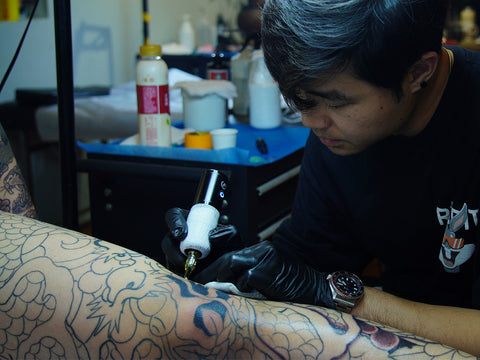
Tattoo Basics: Needle Depth and Stroke Match-Up
What's Needle Depth About?
In tattooing, the needle depth is the distance from the tip of the cartridge to the end of the needle that sticks out. This distance affects how deep into your skin the needle goes when the ink is applied. If the needle only goes into the top layer of skin, the tattoo might fade quickly because that skin constantly sheds. But if it goes too deep, it's not just more painful-it could also cause the tattoo to look blurry. The goal is to get the needle depth just right so that the ink stays in the skin long enough to last but without going too deep.

And Stroke? How's That Different?
The stroke length of a tattoo machine measures how much the needle moves in and out of the tube when you're getting a tattoo. It controls both how the needle picks up ink from the tube and puts it into your skin. A longer stroke means the needle hits harder and goes in more deeply, which can be good for filling in large areas with color. A shorter stroke doesn't hit as hard or go as deep, which is better for detailed work.

Making Them Match
Needle depth and stroke length need to work together well. When they don't match up, it can cause problems like not enough ink getting into the skin or too much trauma to the skin. Tattoo artists adjust their machines to set both the needle depth and stroke length. They make sure that the needle isn't too shallow or too deep for the amount of movement (stroke) it's making. This balance helps the tattoo look sharp and clear and helps your skin heal properly after getting a tattoo.
How to Master Stroke Length: Tips and Techniques for Artists
For tattoo artists, mastering stroke length is a continuous journey of learning and adapting. Both new and experienced artists can benefit from tips and techniques that help refine their approach to using stroke length effectively.
Best Practices for Beginners Learning Stroke Length Control
- Start with Medium Strokes:Beginners should start practicing with medium strokes, as they offer a balance between line work and shading, allowing for a margin of error while getting used to the machine.
- Practice on Synthetic Skins: Before working on human skin, practice on synthetic skins or fruit to get a feel for how different stroke lengths affect your technique.
- Study with Experienced Artists: Observing and seeking guidance from seasoned tattooists can provide insights into how they adjust stroke lengths for various effects and skin types.
- Slowly Introduce Variations: As confidence and skill increase, beginners can slowly introduce variations in stroke length, observing the outcomes and adjusting their technique accordingly.
Advanced Strategies for Experienced Tattooists
- Fine-Tune Machine Settings:Experienced artists should fine-tune their machines for each client, considering factors such as skin type and the intended outcome of the tattoo.
- Customize Per Area: Understand that different body areas may require different stroke lengths. For instance, softer areas like the inner arm may need a shorter stroke than tougher areas like the calf.
- Keep Up with Innovation: Stay updated with the latest advances in tattoo machine technology that allows for more precise control of stroke length and needle depth.
Troubleshooting Common Issues with Practical Solutions
- Issue: Ink not staying in the skin could mean the stroke length is too short or the needle isn't penetrating deeply enough.
- Solution: Ensure the stroke length is set correctly according to the technique being used, and check that the power supply and voltage are adequate for the desired penetration.
- Issue: Excessive trauma and bleeding may indicate a stroke length that's too long or aggressive hand movement.
- Solution:Reduce stroke length, adjust hand speed, and ensure that the angle of the machine is correct to minimize damage to the skin.
Continuous Learning and Professional Development
The field of tattooing is ever-evolving, and so should the artist's skill set. Engaging in continuous education through workshops, seminars, and conventions helps artists stay current with the newest techniques and industry standards.
- Attend workshops focused on advanced tattooing techniques.
- Participate in professional forums and online communities to exchange knowledge.
- Seek feedback from peers and clients to identify areas for improvement.
The Final Word on Stroke Length in Tattooing
The stroke length in tattooing is more than a technical setting-it's the heartbeat of the tattoo machine that brings designs to life. It affects everything from the precision of lines to the skin's healing process, and ultimately, the longevity of the artwork. By understanding the nuances of short, medium, and long strokes, artists can tailor their approach to each unique canvas they work on, ensuring minimal skin trauma and vibrant, enduring tattoos. For anyone getting inked or wielding the needle, respecting the power of stroke length is key to creating tattoos that stand the test of time and artistry. Whether you're starting out or refining your skills, mastering stroke length will keep your art sharp, your clients happy, and the art of tattooing evolving.
Read More
- The Art of Tattooing: Unveiling Machine Needles
- Tattoo Machine Needles: A Comprehensive Overview
- Unleash Precision: Discover Permanent Makeup Machines & Needles
- Dye or Tattoo? Key Differences: Eyebrow Tinting vs. Microblading


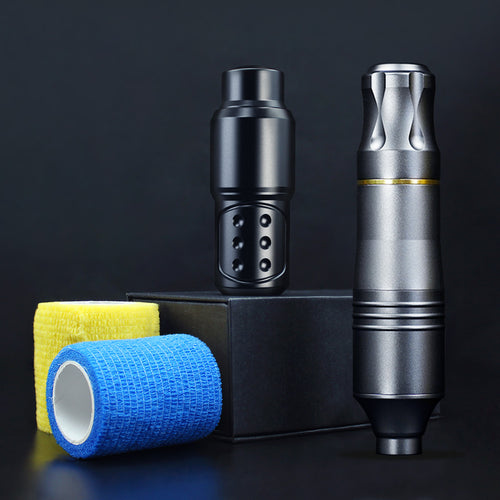

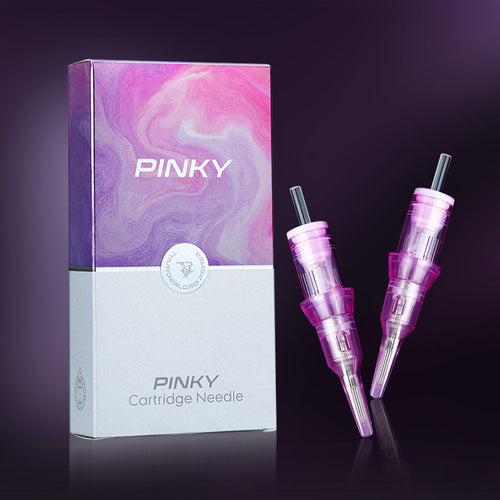
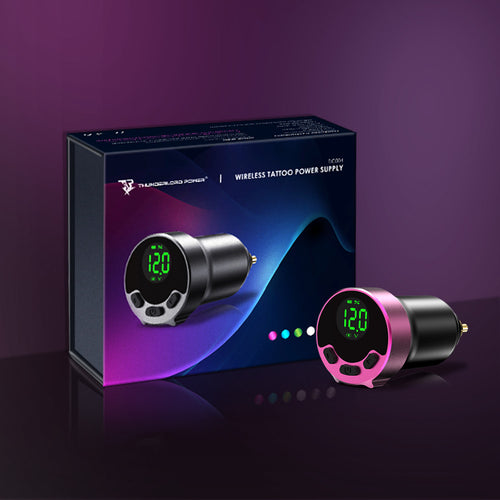
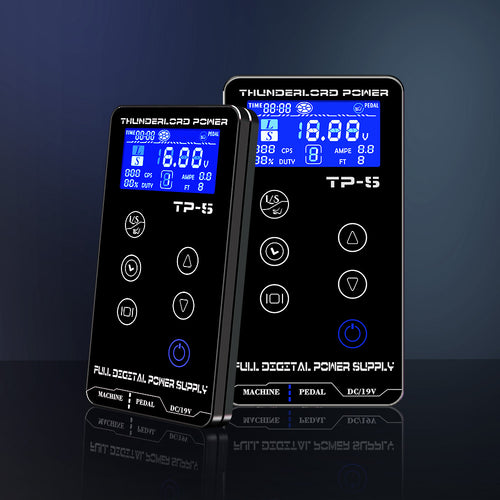
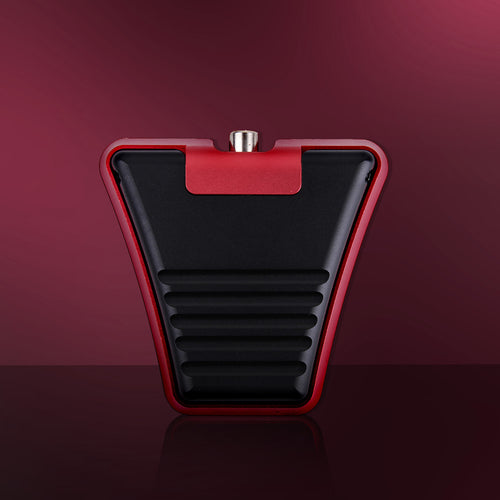
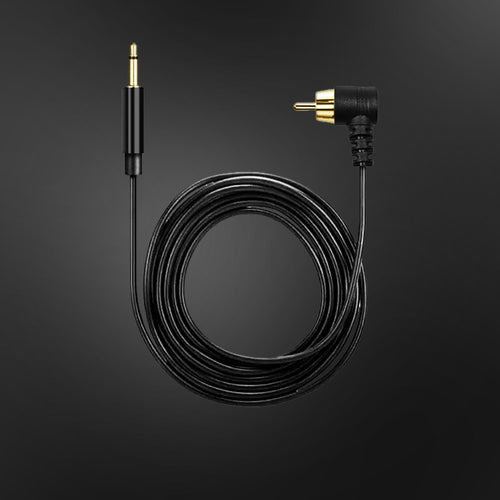

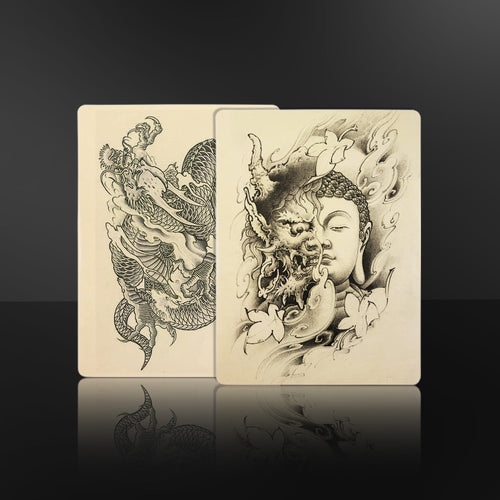
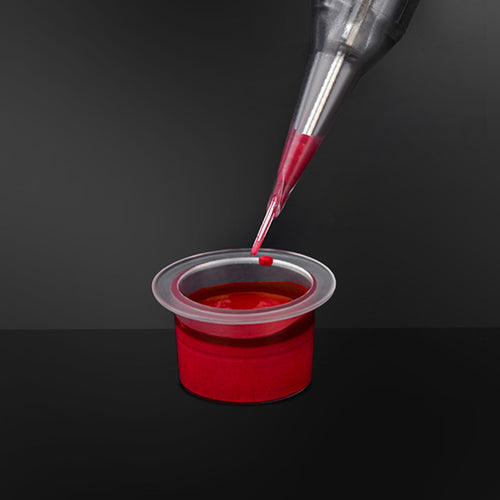

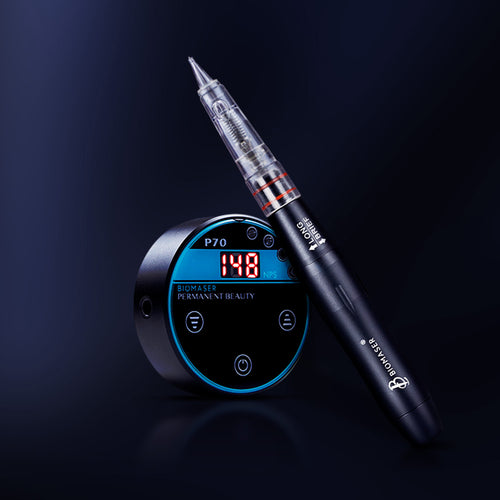
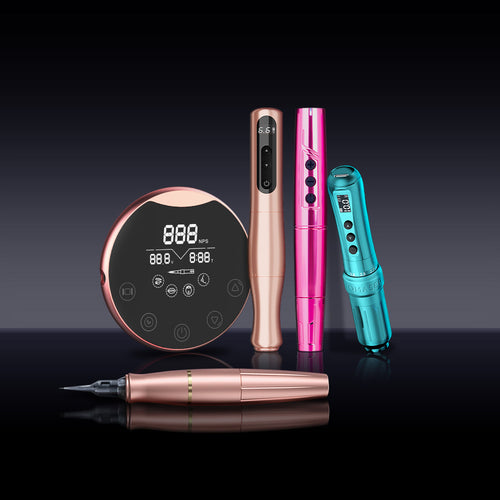
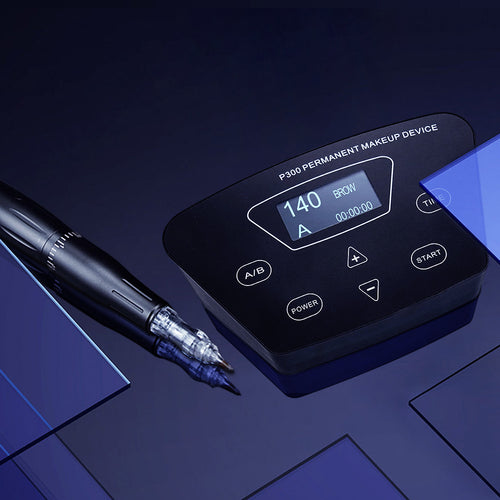

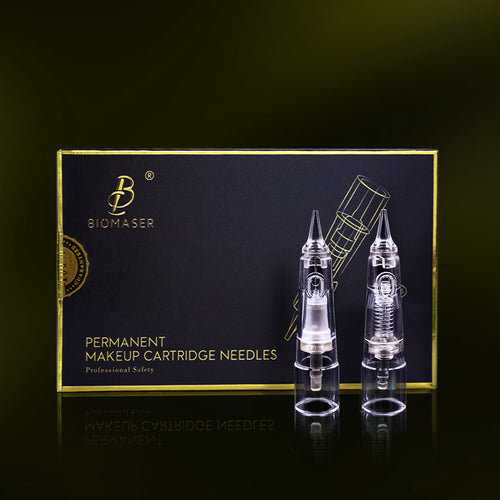
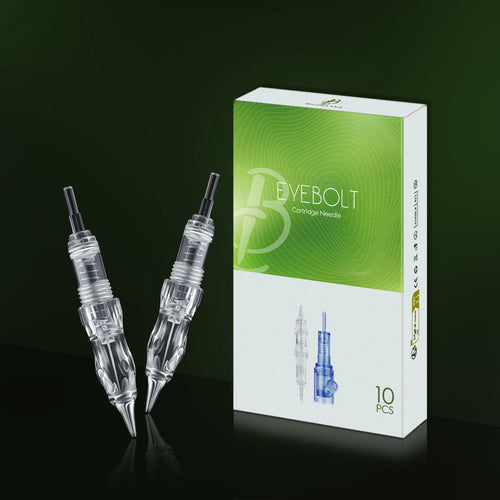
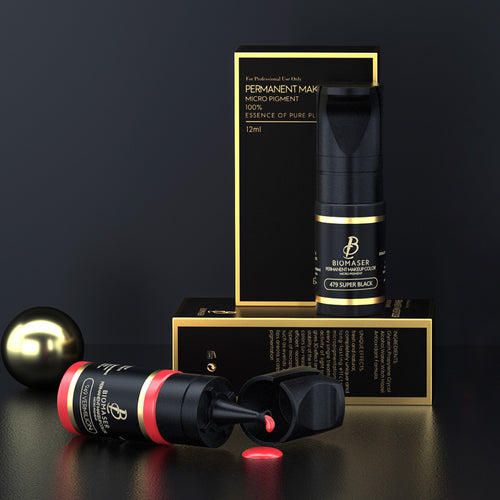
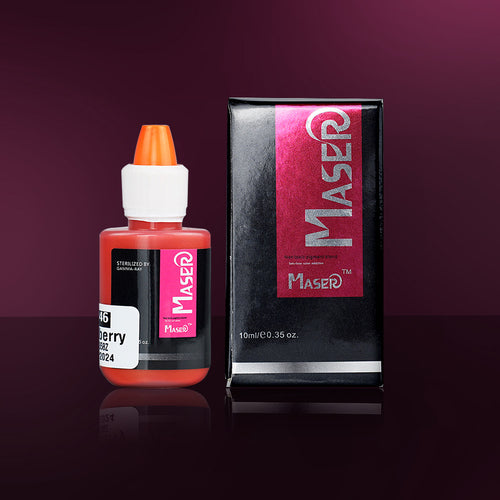

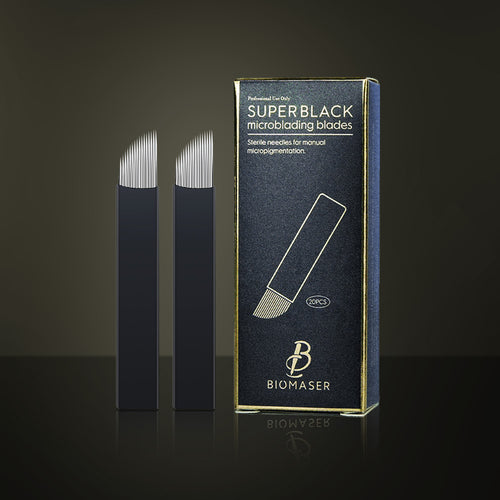
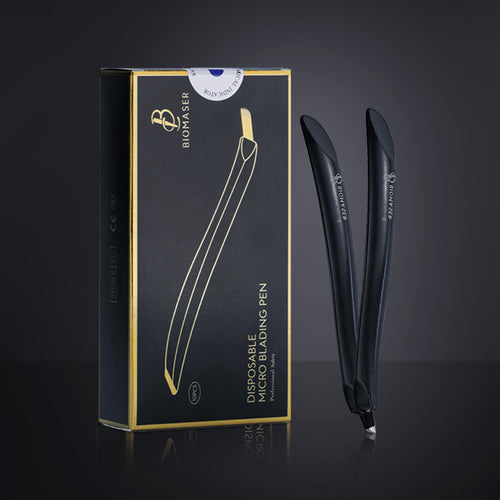
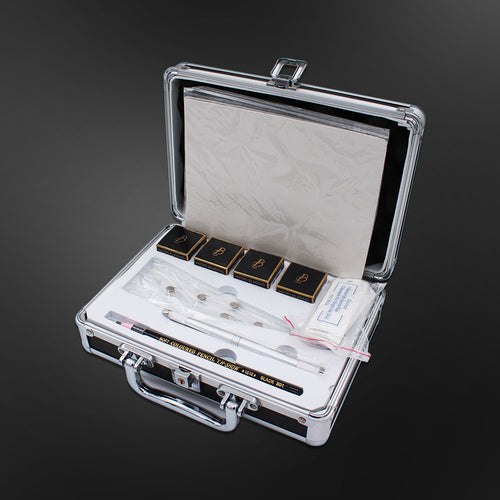
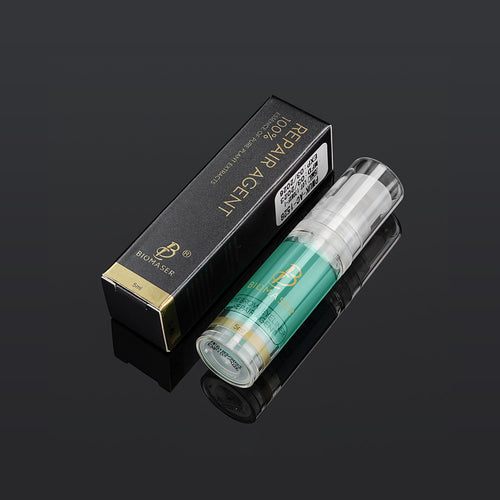
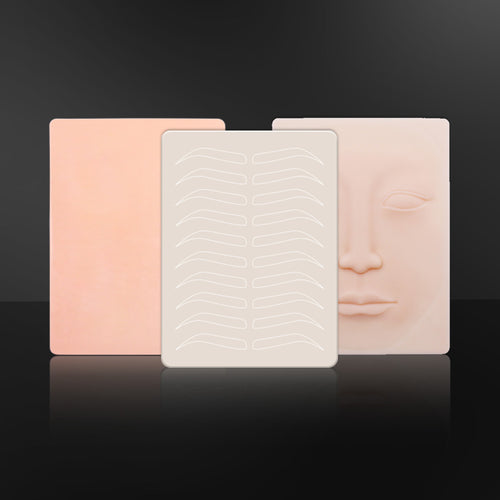

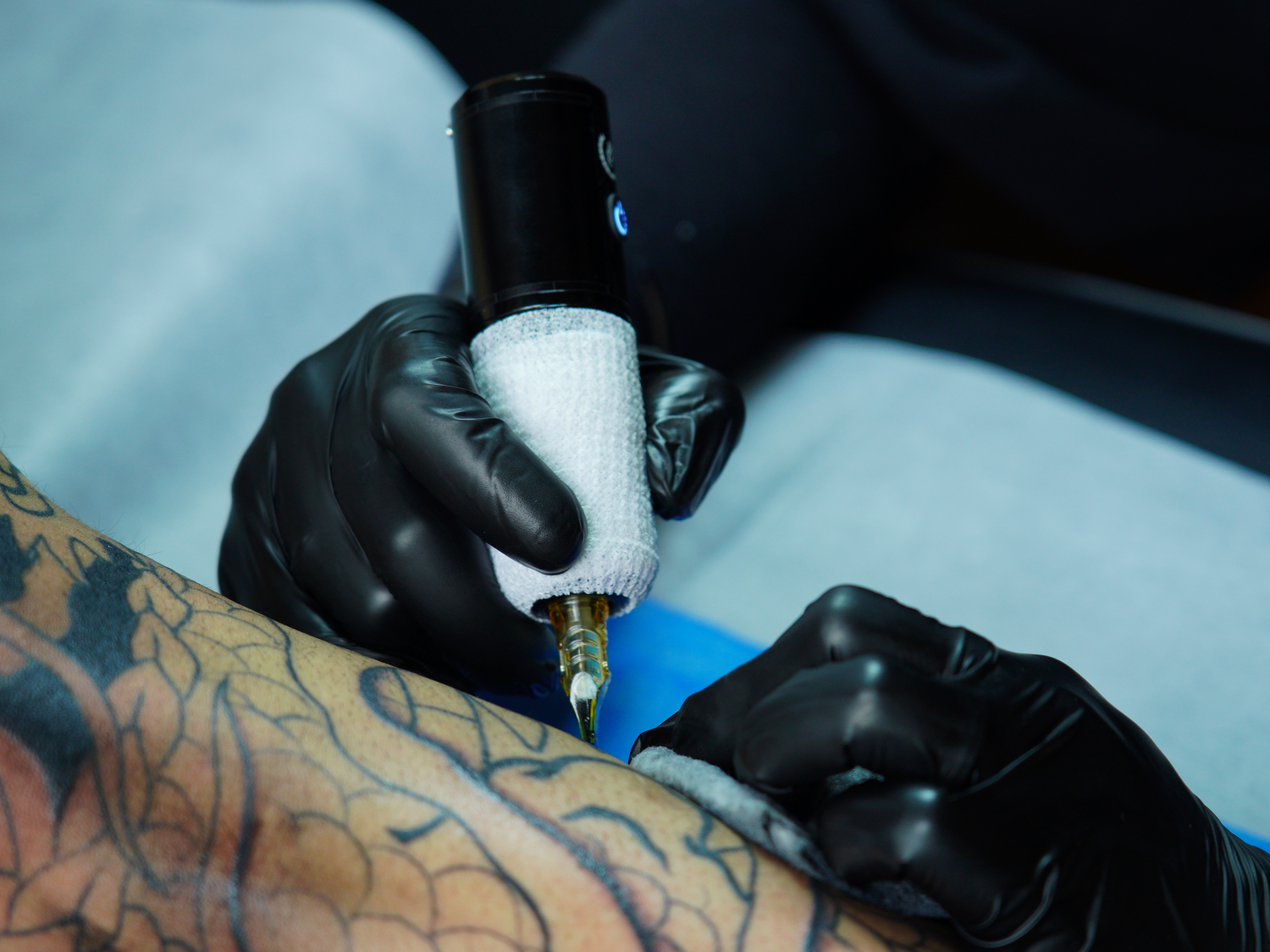

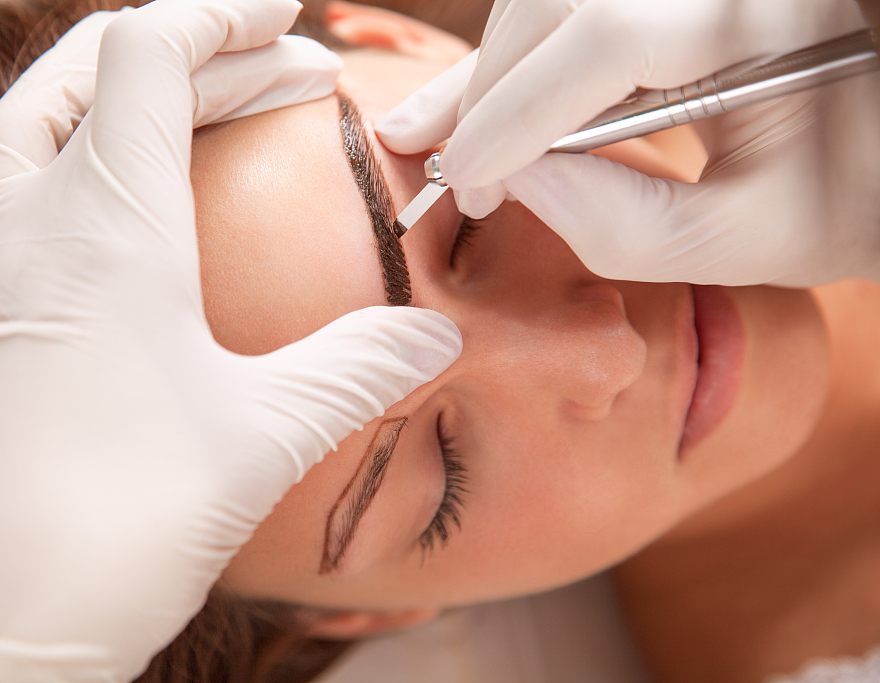
Leave a comment
This site is protected by reCAPTCHA and the Google Privacy Policy and Terms of Service apply.